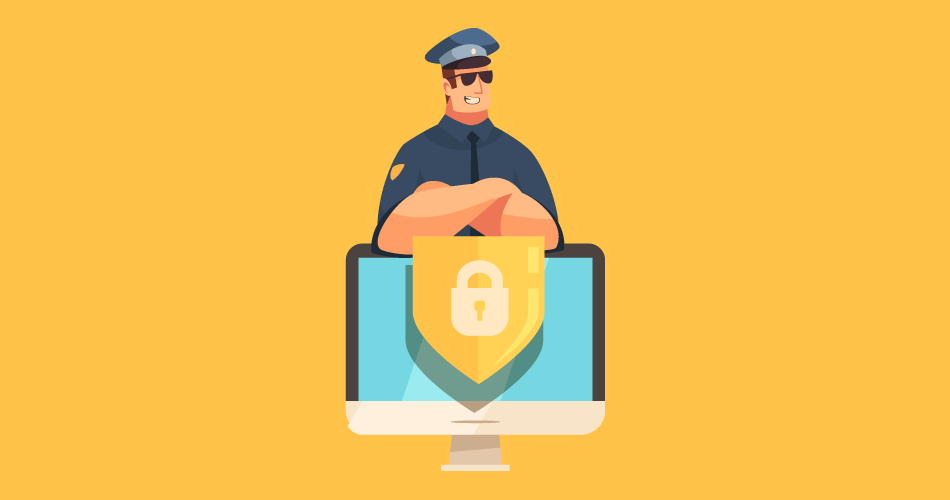It would be difficult to imagine a world where police let crimes happen and then try to minimize the damage later. Imagine your company has been continuously breached for almost a year now, and you did nothing about it. According to a Ponemon study, we are already living in a world where it takes 206 days to detect a data breach. With the world developing and changing in the blink of an eye, this slow response is far from ideal.
The Stakes Are Raising
According to a report by the Identity Theft Resource Center, there were 8,854 data breaches between January 1, 2005, to April 18, 2018. Gone are the days of a random attacker sending out a virus in bulk and using the “spray and pray” technique. The new breeds of hackers are becoming incredibly efficient in using technological breakthroughs to their own advantage. Accenture says that approximately 73 percent of organizations are unable to identify, let alone protect their high-value assets. In 2017, cybercrime costs were already hitting $11.7 million per organization, with the average organization experiencing 130 breaches per year, a 27.4 percent increase over 2016.
Assaults range from using simple DDoS attacks to take down websites for fun to more severe attacks. There are attacks on banks like Capital One, which was breached with a total of seven million customers’ data being compromised. In our fast-evolving landscape, the stakes keep rising.
How To Stay One Step Ahead
Imagine having tools at our disposal that would access, delve deep, and identify potential threats autonomously and round the clock. They would be more than the traditional threat management measures, such as firewalls, intrusion detection systems (IDS), malware sandbox (computer security), and SIEM systems, which typically involve an investigation of evidence-based data after there has been a warning of a potential threat and having something proactive.
Imagine the difference between that 252-day to detect an attack versus having the ability to identify attacks and cut down the time to detection. This capability would include detection, identification, mitigation, and recovery. By employing Threat Hunting Tools, companies around the world help are living in just such a scenario, quickly identifying and evading attacks on a larger scale.
How To Get Started
With data breaches and cyberattacks costing organizations upwards of millions of dollars a year, companies can make informed decisions on the implementation of threat hunting software, to limit their exposure to such breaches and its adverse effects on business. Here’s how you can start:
- Know your Environment – Understanding of regular activities in your environment is a prerequisite to comprehending activities that are not normal. Anything outside the normal should immediately raise a red flag for you. The hunters need to spend a good deal of time understanding the ordinary and routine events in their environment.
- Think like an Attacker – Threat hunters need to think like an attacker. Looking for signs is not always the most effective way to identify a breach when time is of the essence. Instead, threat hunters should look more towards being able to predict and prepare against the next attack.
- OODA Strategy, Formulation, and Implementation – OODA or Observe, Orient, Decide and Act, is a strategy developed and used by the military wherein hunters Observe the environment through collection of data, Orient their understanding of the data, Decide the next course of action once the data has been analyzed and understood, and ultimately Act swiftly to eradicate any breaches thus identified and increase the security.
- Use Sufficient Resources – Ensuring that adequate resources are made available to the threat hunters, including personnel with an intimate knowledge of the environment along with systems and tools, can effectively increase their chances of success.
- Endpoints Protection – Endpoints (end user-devices), their activities, software, authentication, and authorization need constant vigilance for safeguarding the company’s network. A single unprotected endpoint leaves the entire network vulnerable to attacks and breaches.
APTs or Advanced Persistent Threats are impervious to the traditional firewalls. Thus, endpoint solutions play a vital role in the overall protection of the environment.
- Network Visibility – Having an in-depth understanding of attack patterns and activities in your network environment along with threat hunting tools help understand and evaluate attack and abnormality patterns that may indicate a breach for improving an organization’s security posture.
Staying Safe is the Best Bet
One of the principles of the Kaizen methodology states that we should never stop. Attackers are always on the lookout for potential loose ends to exploit. They are continually stepping up their game to breach security. Using the best security tools and keeping a top-notch defense system helps keep your business on track.
